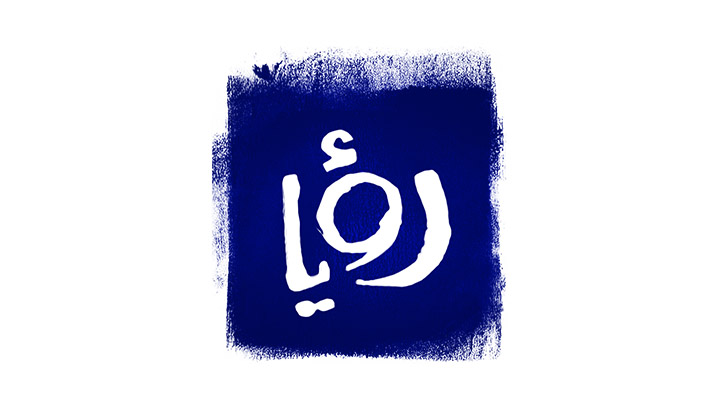Thieves uncover Greco-Roman city, steal ancient artefacts
Published: 2018-07-11 15:07
Last Updated: 2025-03-03 14:15

A gang of thieves uncovered an entire ancient city buried deep under the ground in Minya, Egypt, and stole hundreds of age-old antiquities after carrying out several illegal digging and excavation activities.
The Egyptian Ministry of Interior said in a statement that the gang was arrested by the governorate’s security forces, who seized 484 pieces of stolen artefacts dating back to the beginning of the Greco-Roman era, the Coptic era and the Islamic era.
It is thought that during the Second World War between 1939 and 1945, Greco-Roman Museum officials worked alongside famous British archaeologist Alan Rowe to hide a number of pieces in the Museum’s garden to keep them safe from being looted or damaged.
Not only does the city, which dates back to the Greco-Roman era, contain precious artefacts, but it also boasts a number of “tombs carved in rocks, and extending to about 2 kilometres and 600 meters in width, as well as Greek-Roman columns, a church, and a cross,” according to Egypt Today.
Some of the other pieces discovered by the security forces include “vessels which contain ashes of dead people; these vessels were used to bury the ashes during the Hellenistic period in the Greek era. The items also include a large collection of liquid vessels of various shapes and sizes, as well as crockery and colored pots, a large number of dishes which date back to the Greek, Roman and Byzantine periods and large quantities of glazed pottery decorated with geometric and vegetal drawings dating back to the Islamic era,” according to Egypt Today.


